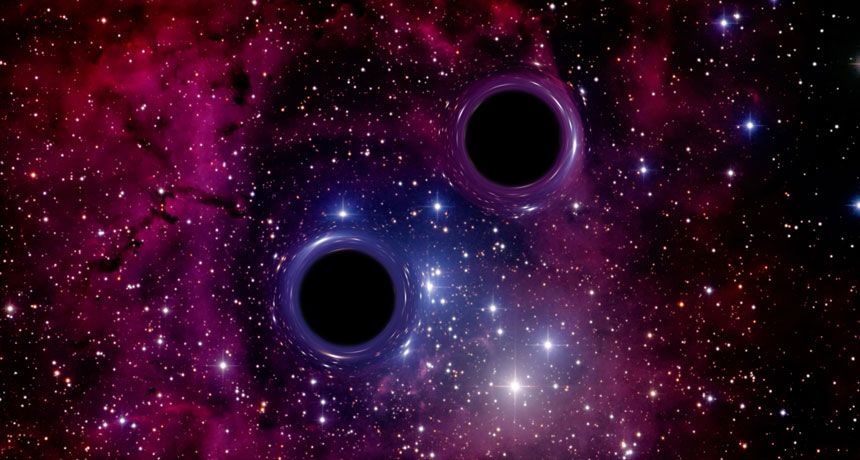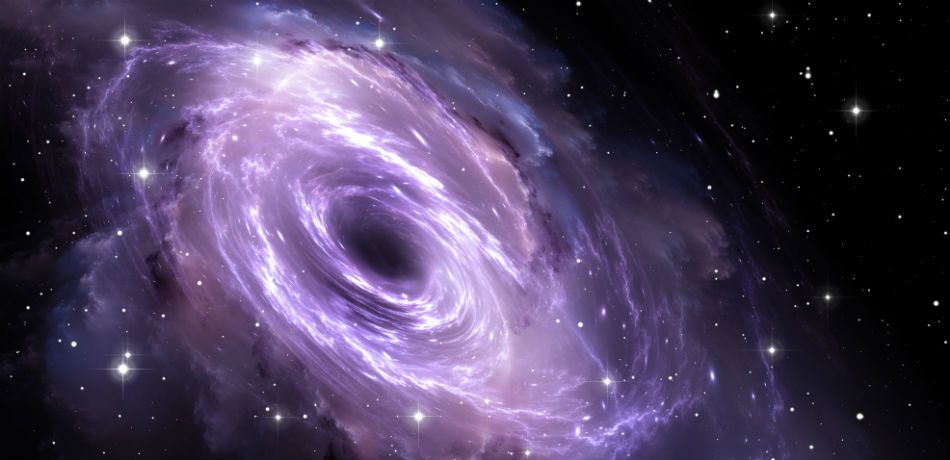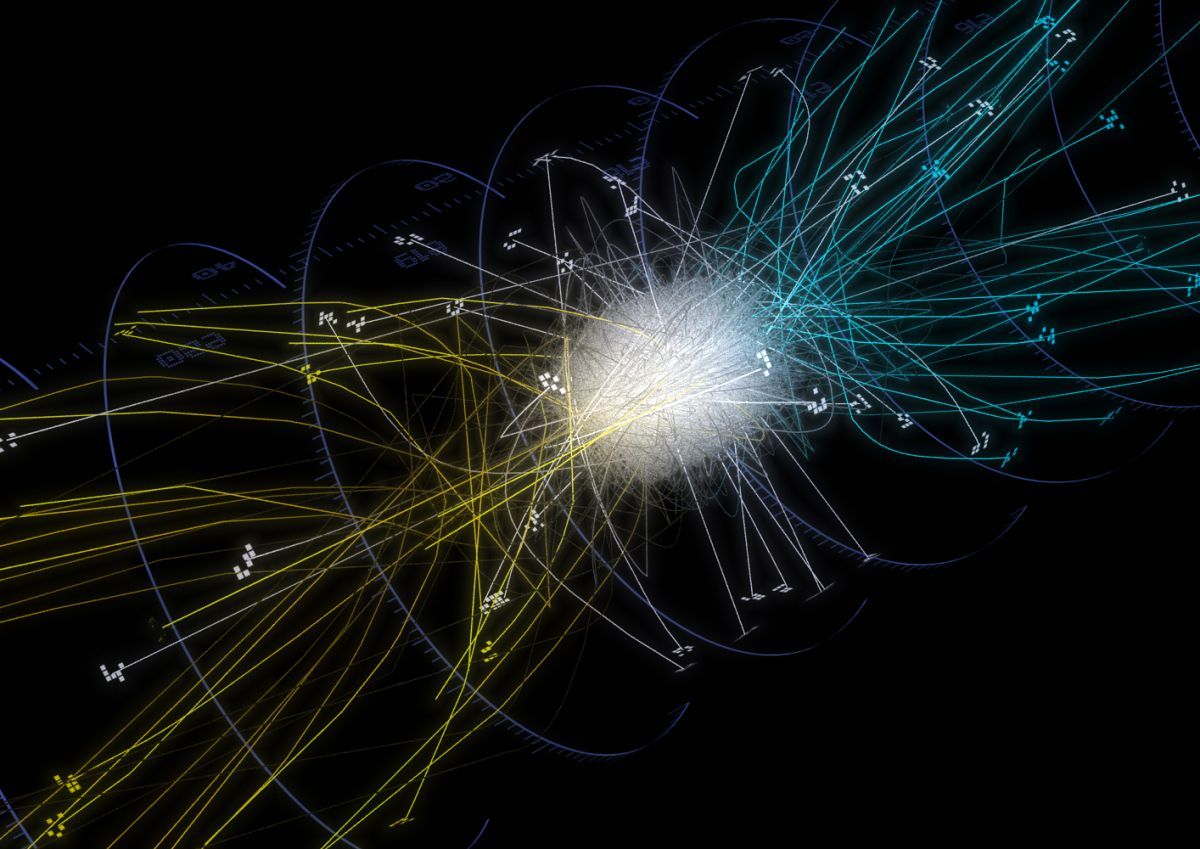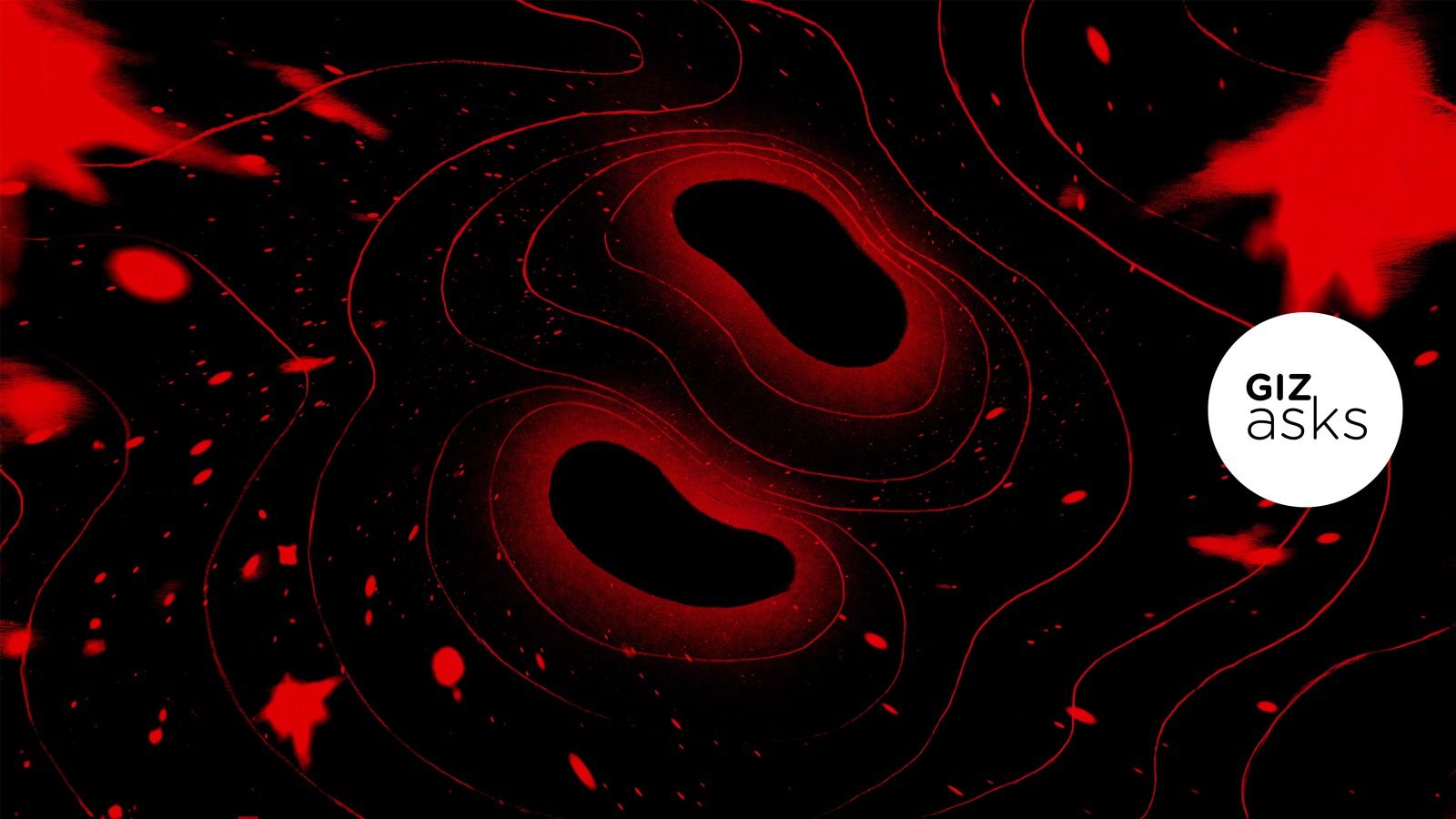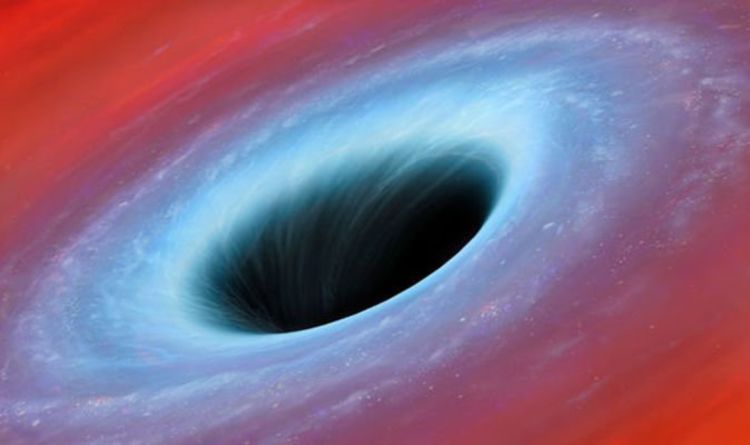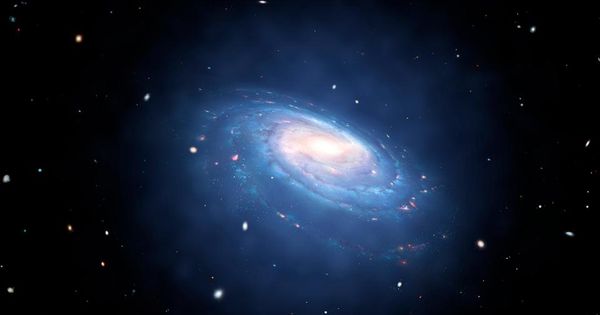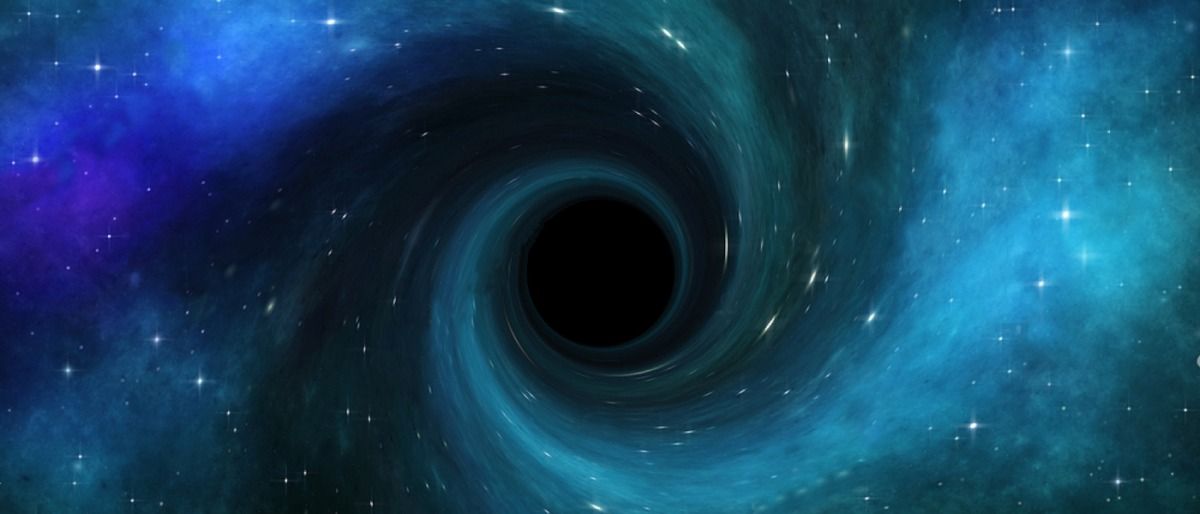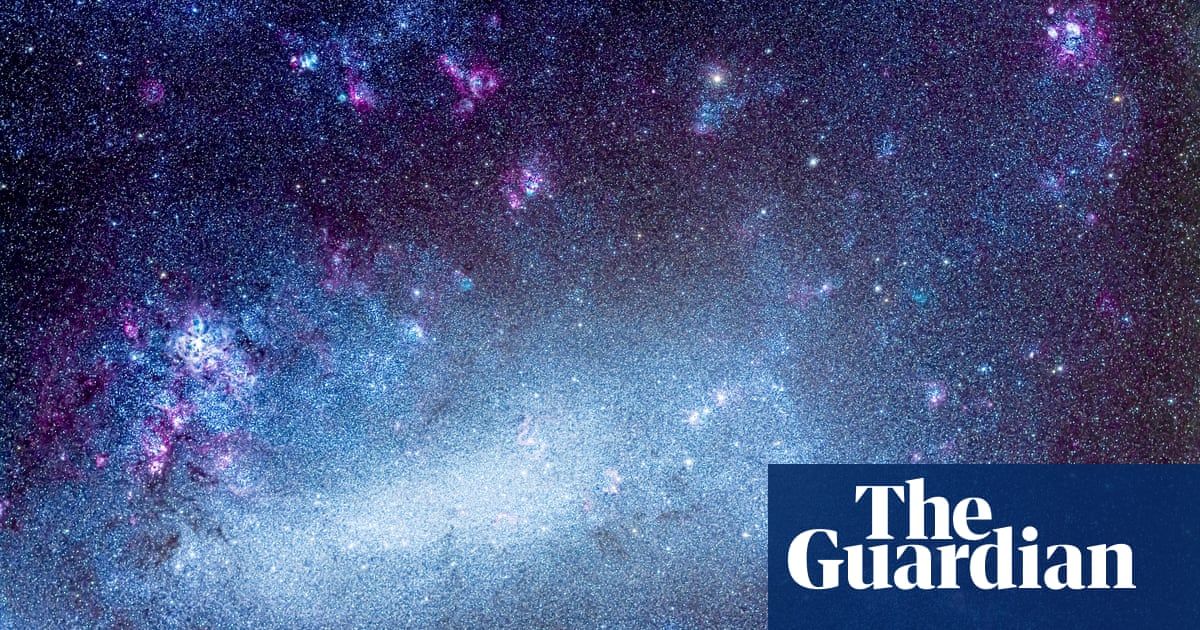Archive for the ‘cosmology’ category: Page 329
Dec 4, 2018
Physicists Have Announced The Discovery Of Four Black Hole Mergers After Observation Of Gravitational Waves
Posted by Genevieve Klien in categories: cosmology, physics
Physicists creating the Gravitational Wave Transient Catalog have discovered four new black hole mergers through the detection of gravitational waves.
Over the weekend in Maryland, physicists involved in the Virgo and LIGO project made the exciting announcement that they had discovered four completely new black hole mergers which came about after gravitational waves were detected around these black holes. This includes what is thought to be the largest black hole collision that we currently know about, which occurred a whopping 5 billion years ago. This monstrous collision created a black hole so big that it is 80 times larger than the sun.
As Ars Technica reports, the four new black hole mergers that have been discovered will be included in a very special piece of research known as the Gravitational Wave Transient Catalog, or GWTC-1, whose aim will be to report on gravitational wave events like these and document them thoroughly. Including the four new black hole mergers that were just detected, there will now be 11 gravitational wave events to catalog.
Dec 3, 2018
Scientists Just Made a Major Discovery
Posted by Genevieve Klien in categories: cosmology, physics
This discovery could help us answer some of the largest conundrums in physics today. Scientists know that matter and antimatter were created in about equal proportions after the Big Bang, as the universe cooled and expanded, but they can’t explain the asymmetry of matter and antimatter, or why antimatter, which annihilates anything it comes into contact with, didn’t just wipe out all matter.
“[W]e have yet to answer a central question of why didn’t matter and antimatter, which it is believed were created in equal amounts when the Big Bang started the Universe, mutually self-annihilate?” co-author Professor Mike Charlton said to Sci-News. “We also have yet to address why there is any matter left in the Universe at all. This conundrum is one of the central open questions in fundamental science, and one way to search for the answer is to bring the power of precision atomic physics to bear upon antimatter.”
Dec 3, 2018
Monster black hole merger detected
Posted by Genevieve Klien in categories: cosmology, physics
Laser labs sense gravitational waves from a black hole collision at least five billion light-years away.
Dec 3, 2018
What Happens When Two Black Holes Collide?
Posted by Genevieve Klien in category: cosmology
On September 14, 2015, signals from one of the Universe’s most mind-boggling, powerful events produced the tiniest signal in a pair of detectors, one in Louisiana and one in Washington state. They’d detected two already-wild objects, black holes, slamming into one another.
You’re probably familiar with black holes as cosmic vacuum cleaners, but they’re a little bit more complex than that. One core takeaway of Einstien’s theory of gravity is that heavy enough things actually change the shape of the space around them, and gravity is how we experience this warping. Black holes are regions of space so small and massive that they carry a point-of-no-return, an “event horizon” beyond which space is so warped that every path that anything could travel leads to the black hole’s middle. Nothing, not even light, can escape.
Dec 2, 2018
Black hole BREAKTHROUGH: Scientists ‘REWRITE astronomy textbooks’ with space discovery
Posted by Genevieve Klien in categories: cosmology, innovation
BLACK holes are the most mysterious objects in the universe, but scientists have come one small step closer to understanding the impossibly powerful phenomena.
Dec 2, 2018
Newest Atomic Clocks Can Detect The Gravitational Distortions Of Time Itself
Posted by Michael Lance in category: cosmology
Scientists have now constructed atomic clocks so precise and sensitive that they can measure the gravitational distortion of spacetime and may even help solve the mystery of dark matter.
The latest experimental atomic clocks at the National Institute of Standards and Technology (NIST) are doing their bit to improve timekeeping and navigation, but they’ve also gone much further. They can detect faint signals from gravity and the early Universe and perhaps even dark matter.
The two clocks have smashed records for systematic uncertainty, stability and reproducibility, making them top-performing timepieces.
Dec 2, 2018
World-Renowned Physicist Explains How Our Universe Will End
Posted by Genevieve Klien in category: cosmology
Dec 1, 2018
New Research Could Rewrite Physics From the Ground Up
Posted by Genevieve Klien in categories: cosmology, particle physics
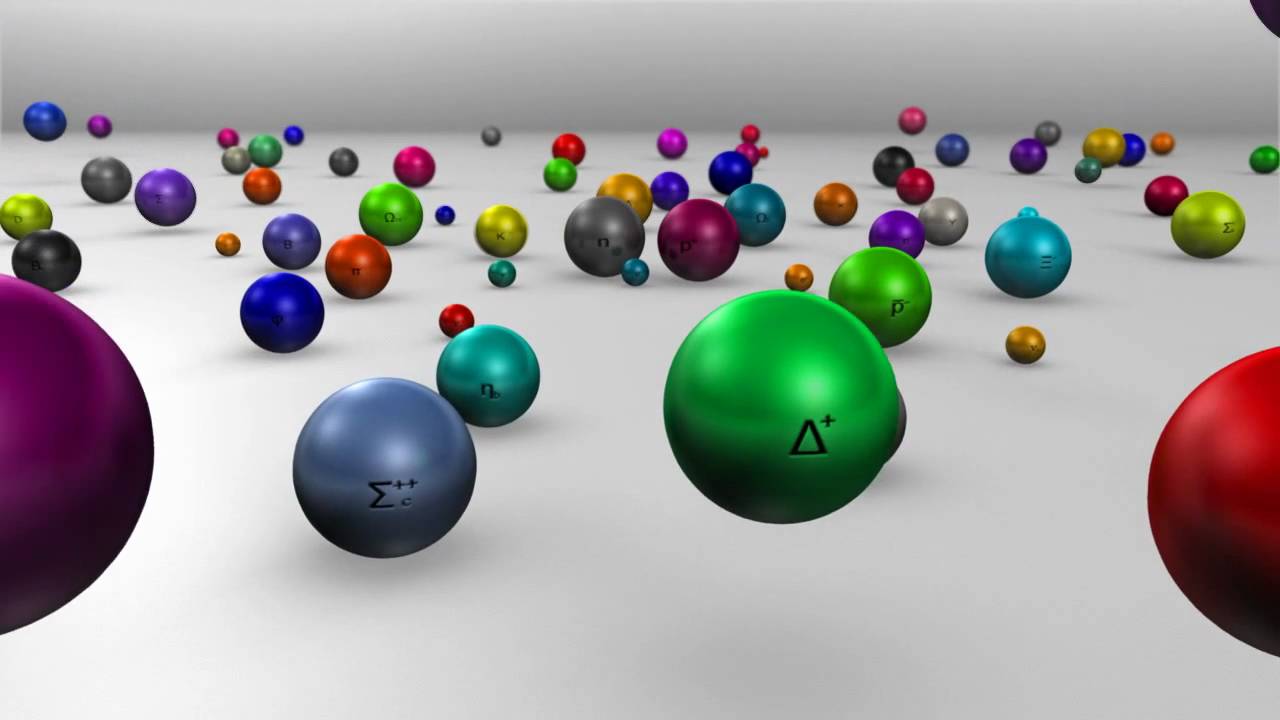
Four researchers came together to propose the addition of six novel particles to tackle five enduring issues within the current Standard Model Theory. This new proposed model, detailed in APS Physics, is named SMASH for “Standard Model Axion See-saw Higgs portal inflation.” The team proposed that particles rho and axion could explain inflation and dark matter respectively, along with three heavy right-handed neutrinos.
With these findings, the researchers hope to answer the following questions about the Standard Model:
Continue reading “New Research Could Rewrite Physics From the Ground Up” »
Nov 30, 2018
Astronomers measure total starlight emitted over 13.7bn years
Posted by Genevieve Klien in category: cosmology
The first stars flickered into being a few hundred million years after the big bang. Since then, galaxies have churned out stars at a stupendous rate, and scientists estimate there were now about a trillion trillion.
In total, the astronomers estimate, stars have radiated 4×1084 photons (a photon being the smallest unit of light). Or put another way: 4,000,000,000,000,000,000,000,000,000,000,000,000,000,000,000,000,000,000,000,000,000,000,000,000,000,000,000,000 photons.
The astronomers based their calculation on measurements of the extragalactic background light (EBL), a cosmic fog of radiation that has been accumulating since stars first illuminated the dark, vast expanse of space.
Continue reading “Astronomers measure total starlight emitted over 13.7bn years” »
